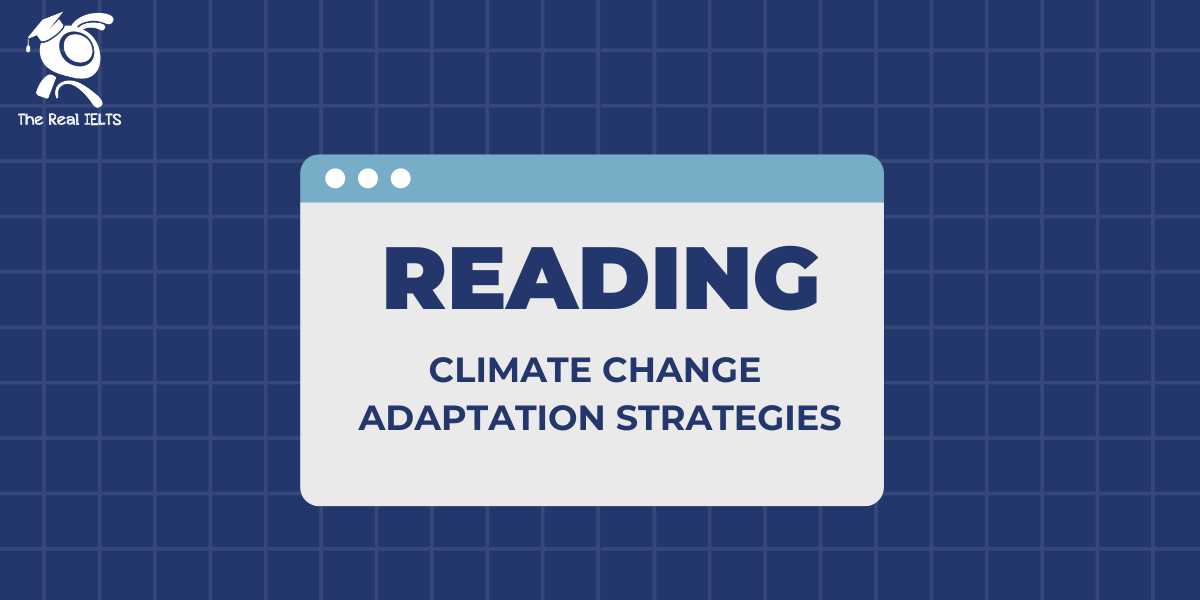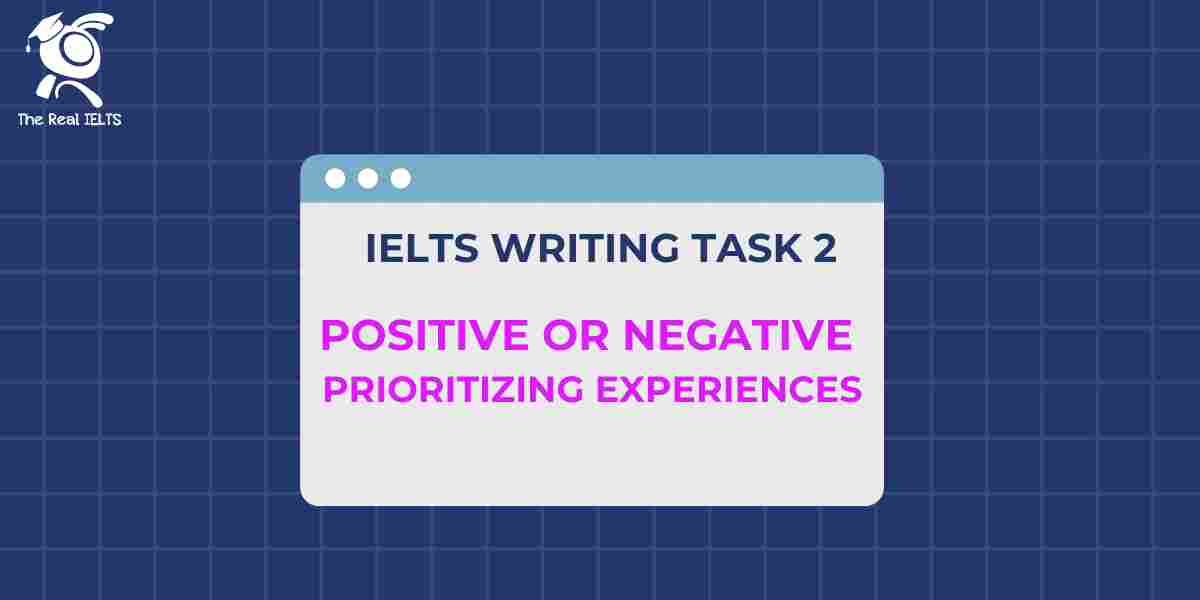Bài Reading có chủ đề Chiến lược đối phó với biến đổi khí hậu. Các bạn hãy đọc kỹ bài Reading để trả lời câu hỏi chính xác nhất có thể.
Reading Climate Change Adaptation Strategies
Introduction
Climate change is an ongoing and intensifying issue that affects ecosystems, economies, and communities worldwide. As the impacts of climate change become more severe, adaptation strategies are essential to mitigate adverse effects and enhance resilience. This passage explores various adaptation strategies implemented across different sectors to combat climate change.
Agricultural Adaptation
Agriculture is one of the sectors most vulnerable to climate change. Changes in temperature, precipitation patterns, and increased frequency of extreme weather events can significantly impact crop yields. To address these challenges, farmers are adopting several strategies:
- Diversifying Crops: Growing a variety of crops can reduce the risk of total loss due to adverse weather conditions. This practice can also improve soil health and increase resilience to pests and diseases.
- Improving Irrigation Systems: Efficient irrigation techniques, such as drip irrigation, help conserve water and ensure crops receive adequate moisture even during droughts.
- Developing Drought-Resistant Crops: Through genetic modification and selective breeding, scientists are developing crop varieties that can withstand drought conditions, thereby securing food supply.
Urban Adaptation
Cities face unique challenges due to high population density and extensive infrastructure. Urban areas are particularly susceptible to heatwaves, flooding, and other climate-related events. Adaptation strategies for urban areas include:
- Green Infrastructure: The integration of parks, green roofs, and urban forests helps to reduce the urban heat island effect, manage stormwater, and improve air quality.
- Flood Defenses: Constructing barriers such as levees, floodwalls, and storm surge barriers can protect urban areas from flooding. Additionally, creating floodplains and wetland areas can absorb excess water.
- Building Regulations: Updating building codes to ensure new structures are more resilient to extreme weather can prevent damage and reduce recovery costs.
Coastal Adaptation
Coastal regions are particularly vulnerable to sea-level rise and increased storm intensity. Adaptation strategies in these areas focus on both structural and non-structural measures:
- Coastal Defenses: Sea walls, breakwaters, and dunes are commonly used to protect coastal areas from erosion and storm surges.
- Managed Retreat: In some cases, it is more sustainable to relocate communities and infrastructure away from vulnerable coastal zones rather than continuously defend them.
- Ecosystem Restoration: Restoring mangroves, coral reefs, and wetlands can provide natural barriers against storm surges and enhance biodiversity.
Conclusion
Adaptation to climate change is a multifaceted challenge that requires coordinated efforts across various sectors. By implementing diverse strategies tailored to specific needs and vulnerabilities, communities can enhance their resilience and ensure sustainable development in the face of climate change.
Questions
Reading Comprehension Questions
- What are the three main adaptation strategies mentioned for agriculture?
- How does green infrastructure help urban areas adapt to climate change?
- What is the purpose of updating building regulations in urban areas according to the passage?
- List two coastal adaptation strategies mentioned in the text.
- Why might managed retreat be considered a sustainable adaptation strategy for coastal regions?
True/False/Not Given Statements
- Developing drought-resistant crops is an example of an urban adaptation strategy. (True/False/Not Given)
- Flood defenses in urban areas can include the creation of floodplains. (True/False/Not Given)
- The passage suggests that relocating communities is always the best solution for coastal adaptation. (True/False/Not Given)
Matching Information
Match the adaptation strategies with the sectors they belong to:
A. Green Infrastructure
B. Diversifying Crops
C. Managed Retreat
D. Improving Irrigation Systems
E. Coastal Defenses
- Agriculture: ___, ___
- Urban: ___
- Coastal: ___, ___
Answer Key
Reading Comprehension Answers
- Diversifying crops, improving irrigation systems, developing drought-resistant crops.
- Green infrastructure reduces the urban heat island effect, manages stormwater, and improves air quality.
- Updating building regulations ensures new structures are more resilient to extreme weather, preventing damage and reducing recovery costs.
- Coastal defenses, managed retreat.
- Managed retreat might be considered sustainable because it involves relocating communities away from vulnerable zones, reducing long-term risk and costs associated with continuous defense measures.
True/False/Not Given Answers
- False
- True
- Not Given
Matching Information Answers
- Agriculture: B, D
- Urban: A
- Coastal: C, E
Học lại bài cũ: Reading Skill Part 26: Artificial Intelligence in Healthcare.















